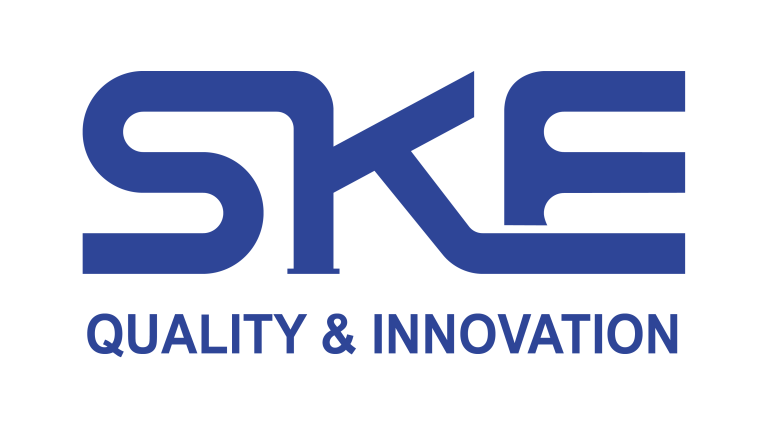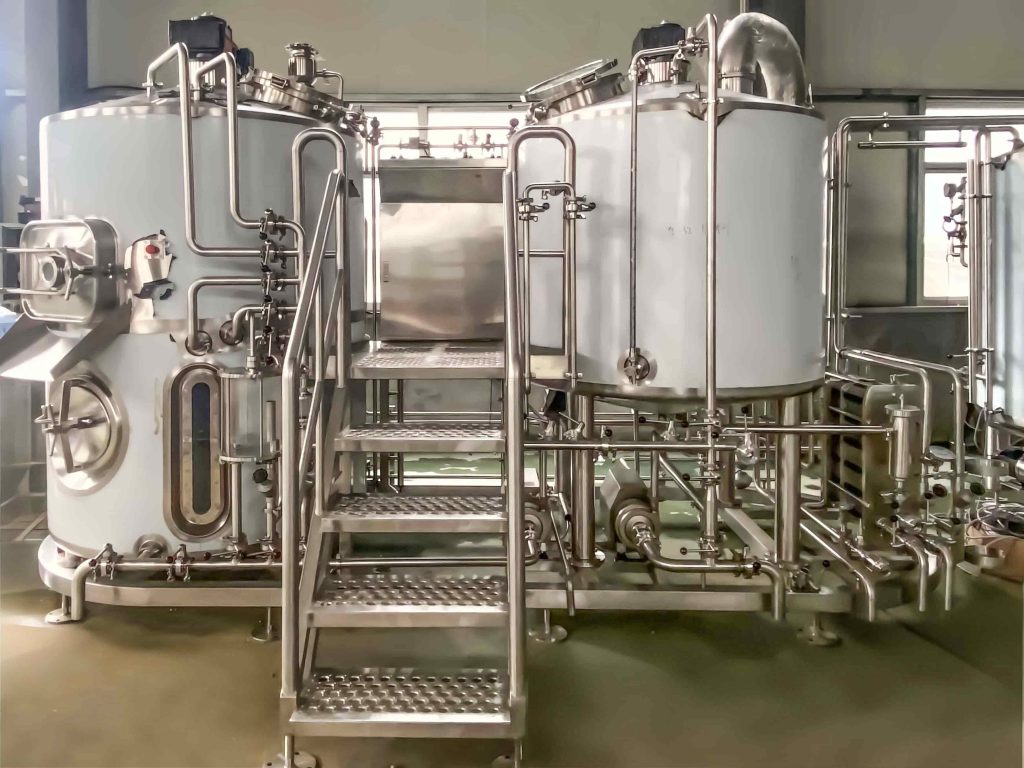
small brewery equipment is at the forefront of craft beer innovation—especially with SKE showcasing its modular systems at Drinktec 2025 in Munich. Imagine compact brewhouses churning out perfect pilot batches, all controlled by sleek digital panels. Curious how to choose the right setup, harness its advantages, and keep it running smoothly? Read on.
Table of Contents
1. How to Select Your Small Brewery Equipment
First-time buyers evaluating small brewery equipment should balance capacity, automation, and footprint. Use this quick checklist:
| Criteria | What to Look For |
|---|---|
| Batch Volume | 100–500 L based on your recipe development needs |
| Automation Level | PID-only vs. full SCADA integration |
| Build Quality | 316L stainless steel, sanitary polish (SKE standard) |
| Expansion Capability | Skid-mounted modules for adding fermenters later |
| Vendor Support | Turnkey commissioning, spare parts, training |
SKE’s demo skids at Drinktec 2025 in Munich allow you to test-drive a 200 L system with your own wort recipe—ensuring you pick the perfect small brewery equipment before purchase.
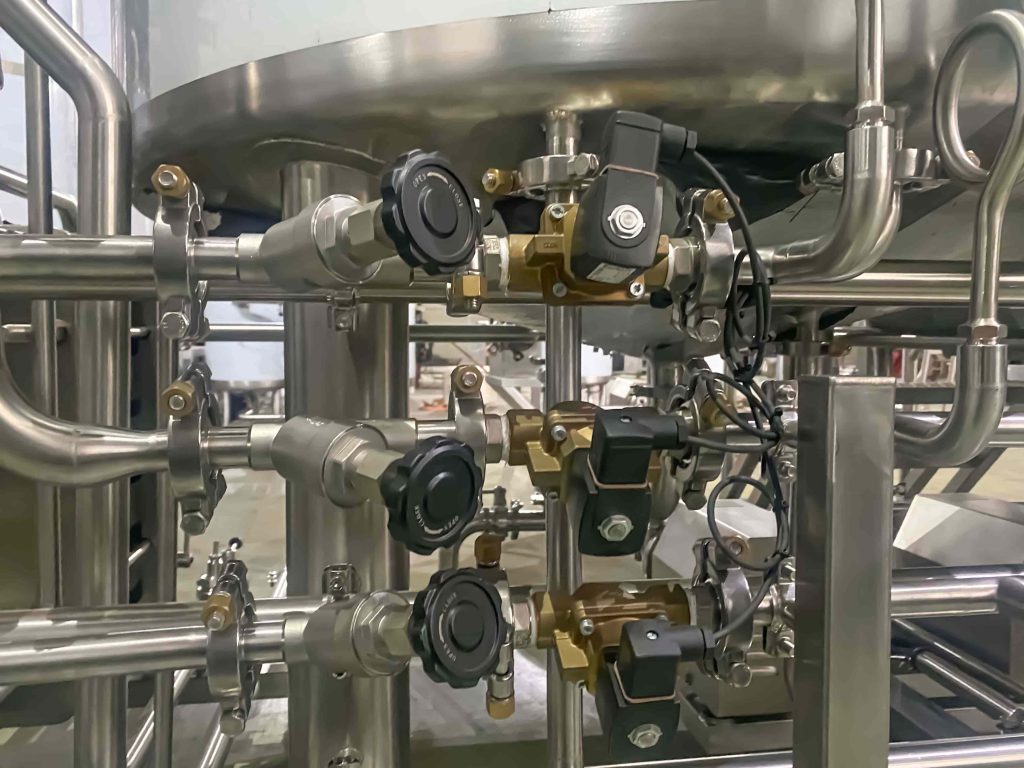
2. Key Advantages of Small Brewery Equipment
Investing in professional small brewery equipment delivers:
Flexibility & Experimentation
Small batches let you trial new styles without large ingredient commitments.Cost Efficiency
A 200 L SKE skid costs a fraction of a 5,000 L plant yet offers professional-grade controls and CIP.Rapid Turnarounds
Shorter mash and fermentation cycles accelerate your R&D—and your time to market.Space Optimization
Compact footprint (under 4 m²) fits urban taprooms or shared brewery spaces.Energy Savings
Integrated heat recovery and precise PID loops cut steam and cooling water use by up to 25 %.
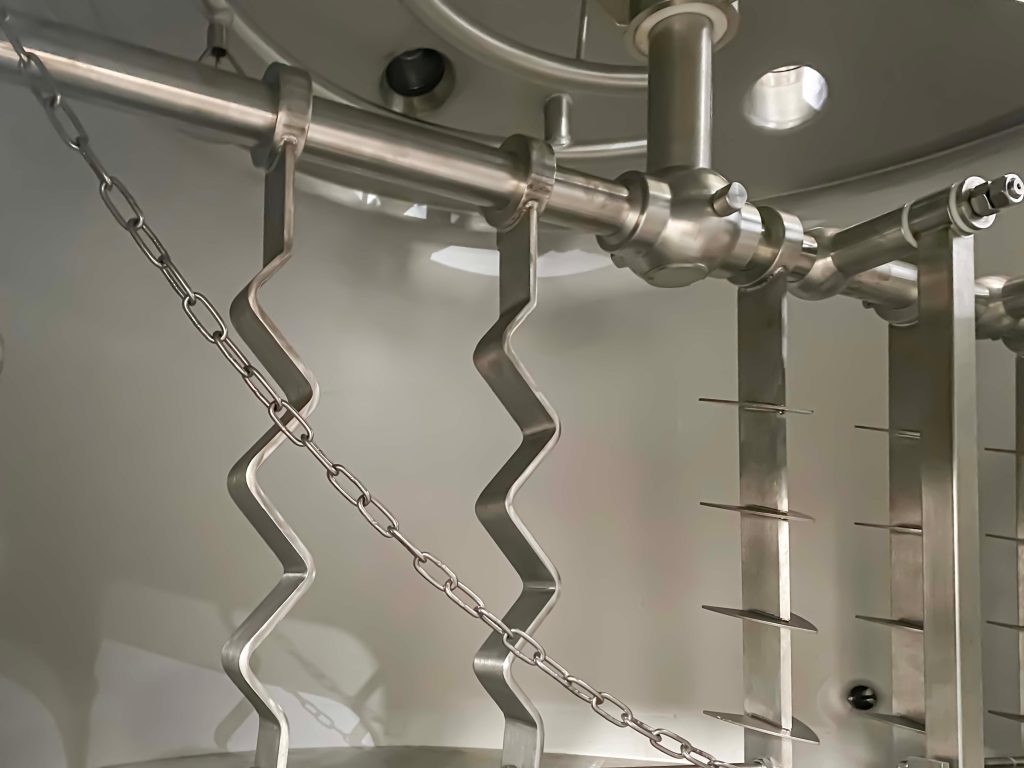
3. Maintenance Best Practices
To keep your small brewery equipment at peak performance:
Automated CIP After Every Batch
Run SKE’s integrated CIP skid—complete rinse-caustic-acid cycle in under 45 min.Monthly Sensor Calibration
Verify temperature and pressure probes to maintain mash accuracy.Quarterly Mechanical Checks
Inspect gaskets, sight-glass seals, and pump bearings; replace proactively.Biannual Heat Exchanger Inspection
Use ultrasonic testing to detect fouling and preserve chilling efficiency.
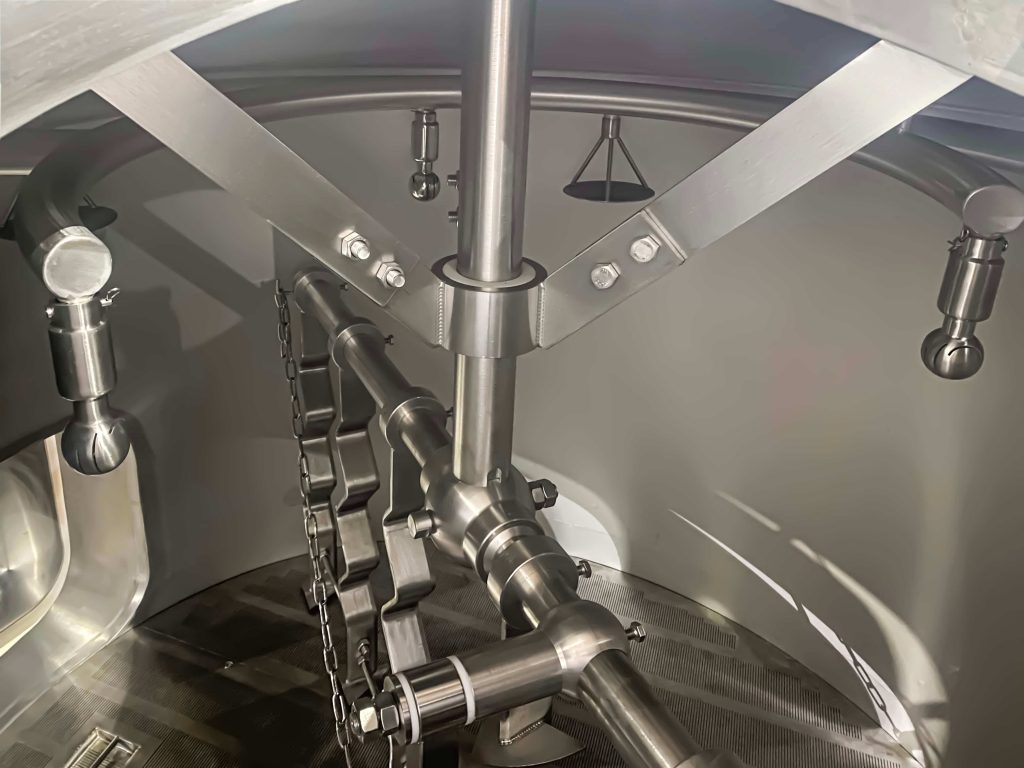
4. FAQs: Your Top Questions Answered
Q1. What is the ideal starter batch size for small breweries?
A1. Most brewhouses begin at 100–200 L—it balances recipe variety with manageable cleanup.
Q2. How does automation benefit small setups?
A2. Even basic PID controls on small brewery equipment ensure consistent mash profiles and fermentation temperatures, reducing labor and errors.
Q3. Can I expand my system as demand grows?
A3. Yes—SKE’s skid-based modules allow you to add fermenters, heat exchangers, or CIP loops without major retrofits.
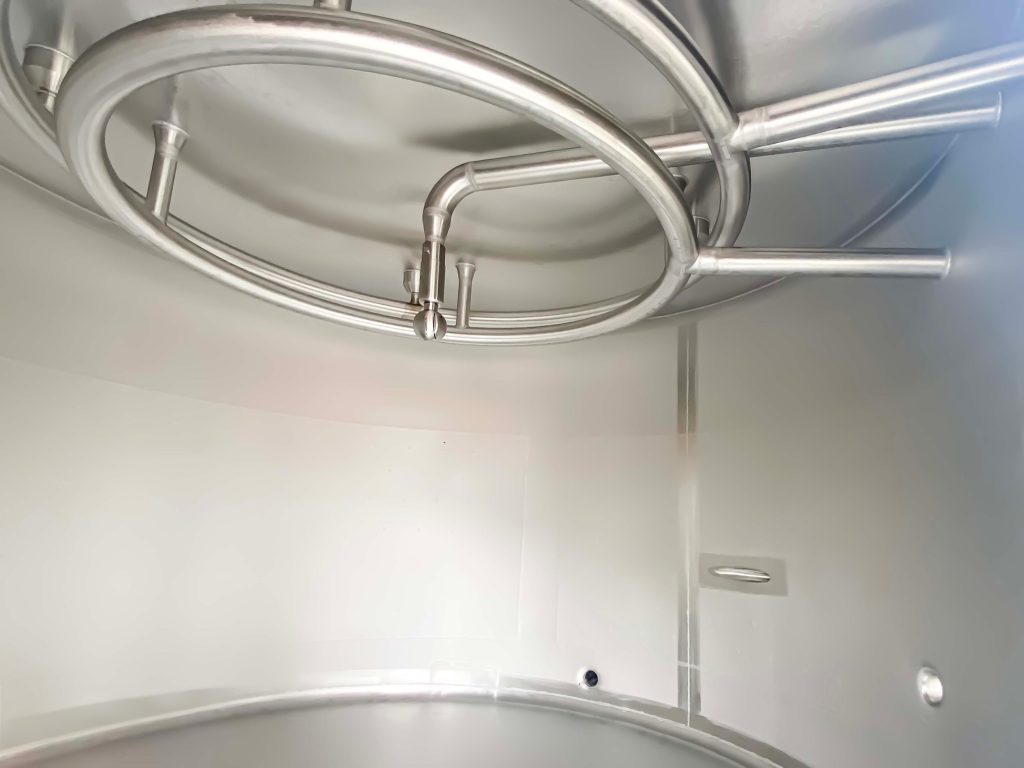
Inspired to elevate your craft with professional small brewery equipment? Share your biggest selection or maintenance questions in the comments, or visit SKE at Drinktec 2025 in Munich for a live demo. Let’s brew the future—together!
